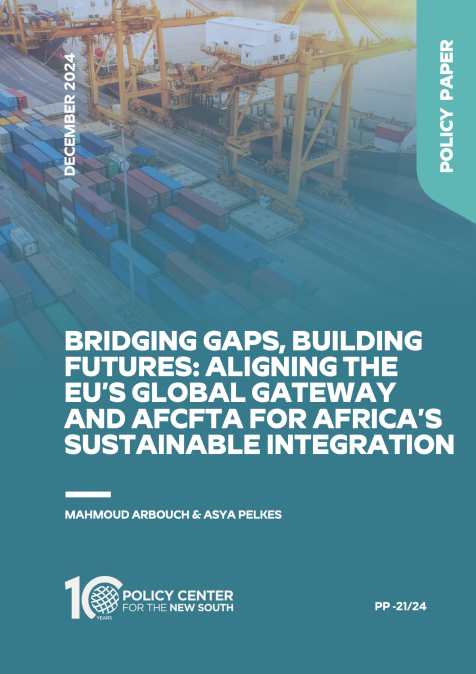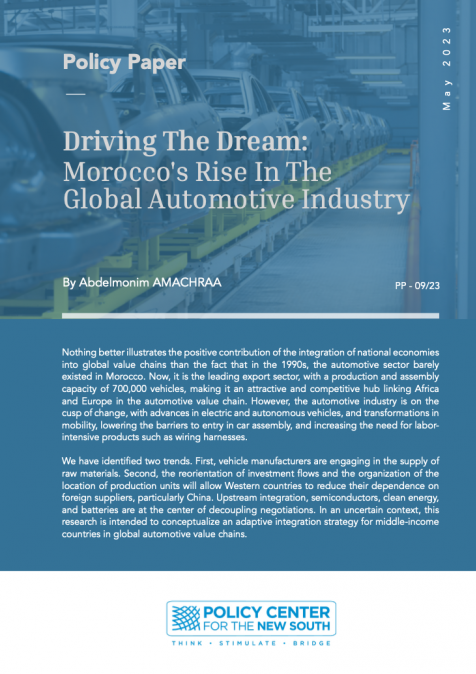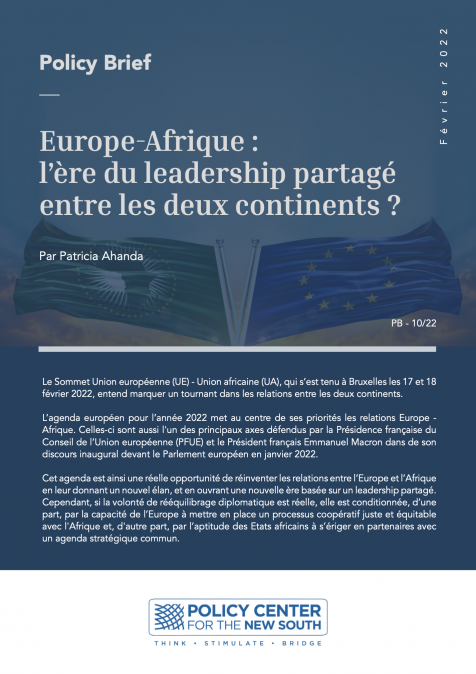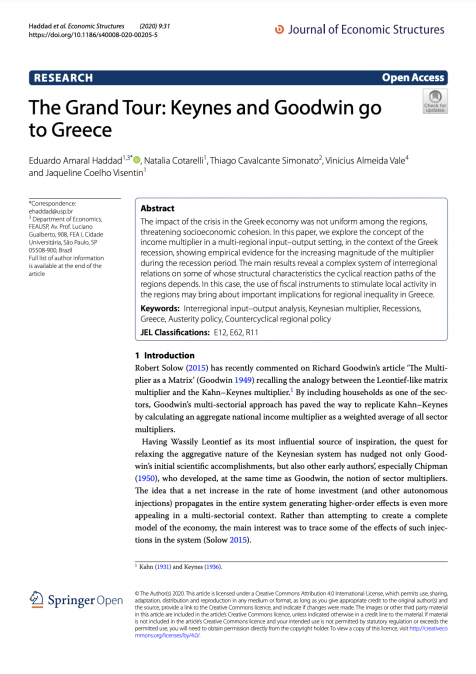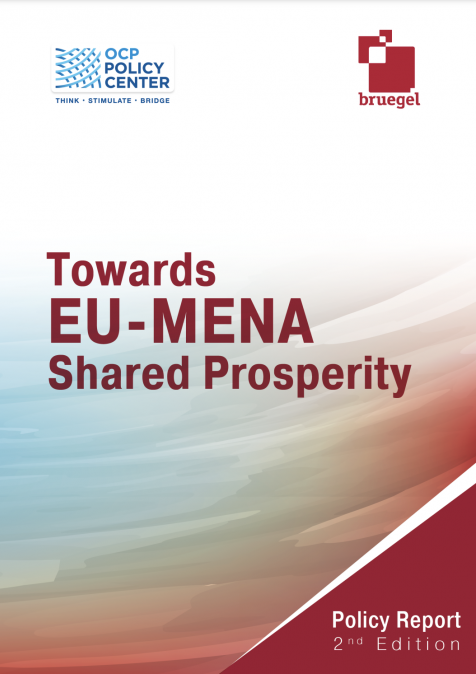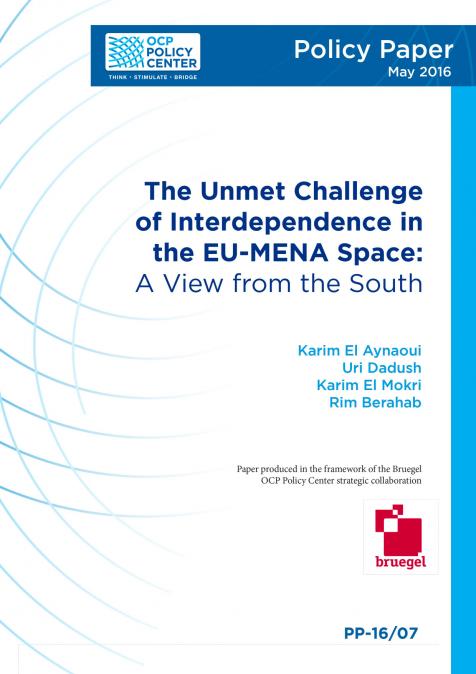Publications /
Policy Paper
The European Union’s (EU) Global Gateway initiative, established to enhance global connectivity and sustainable infrastructure, offers a significant opportunity to align with Africa’s development goals under the African Continental Free Trade Area (AfCFTA). However, the challenge lies in whether the Global Gateway can effectively complement AfCFTA’s objectives of boosting intra-African trade and industrialization by addressing critical infrastructure gaps. This paper examines how the EU’s initiative can foster successful partnerships rather than dependencies, while supporting Africa’s economic integration and sustainable development. The paper argues that aligning the AfCFTA and Global Gateway initiatives can foster sustainable and inclusive growth by reducing logistical bottlenecks, enhancing regional trade, and creating a competitive and integrated African market. However, achieving these goals requires strategic coordination, robust policy frameworks, and a commitment to balancing external partnerships with Africa-centric priorities, to ensure long-term sovereignty and economic resilience.

